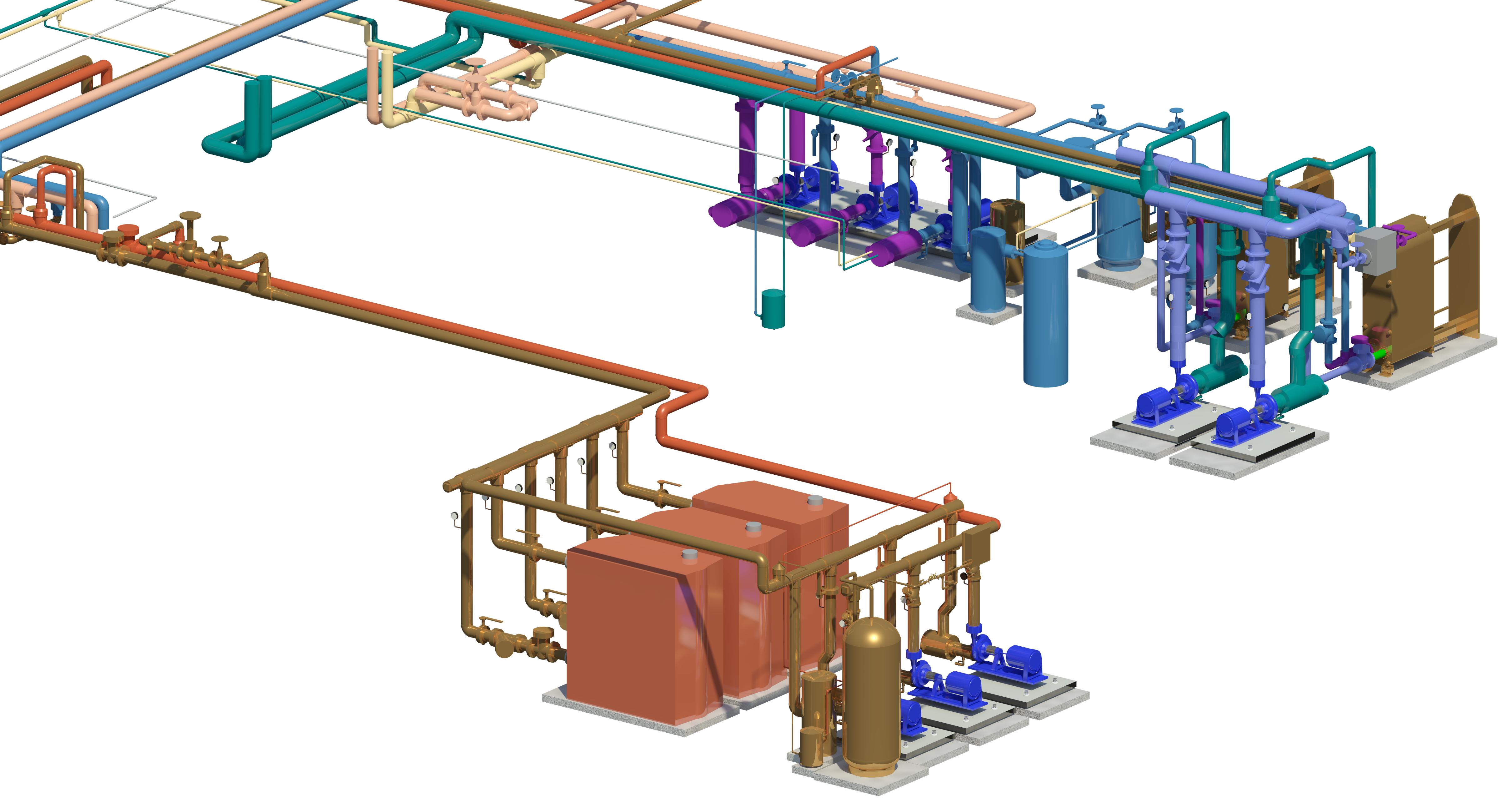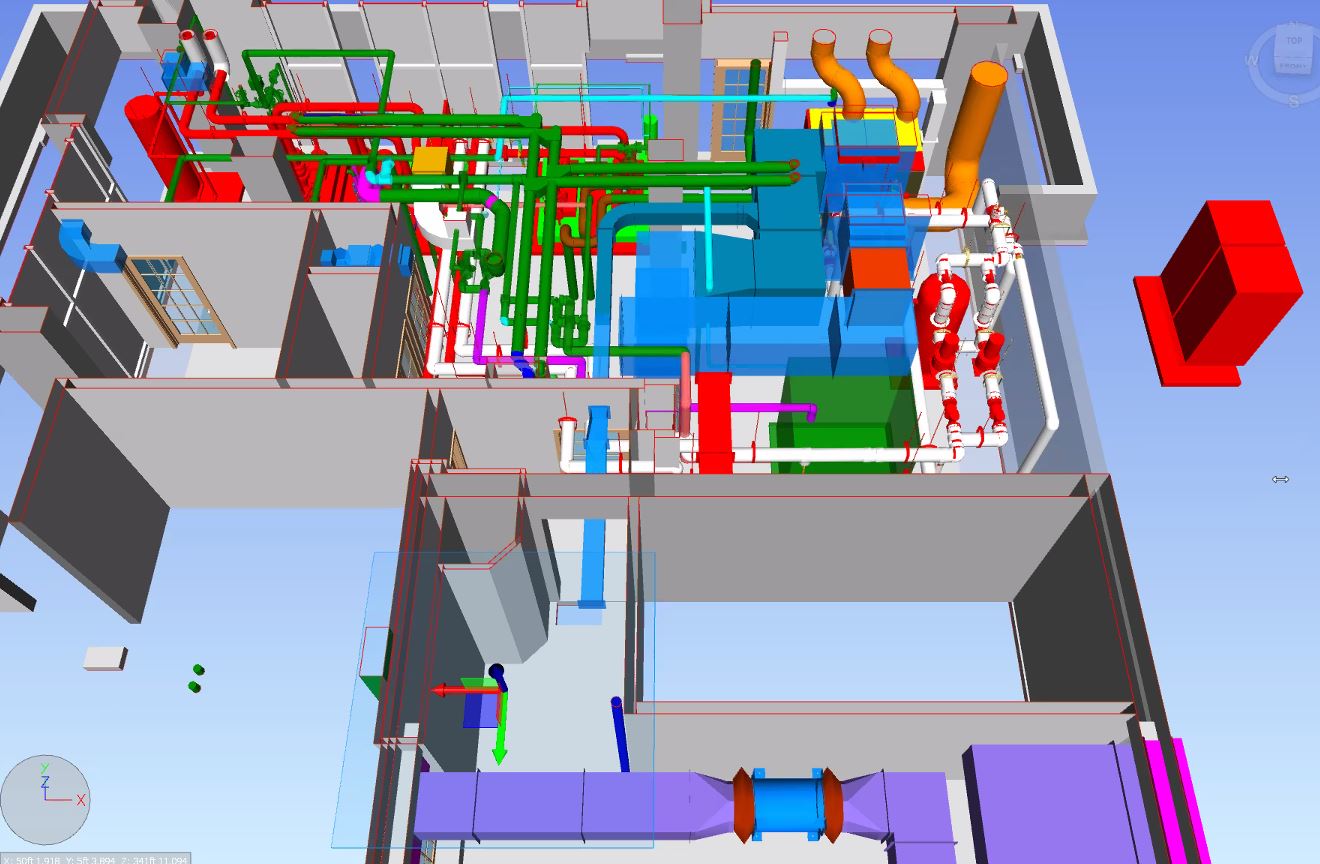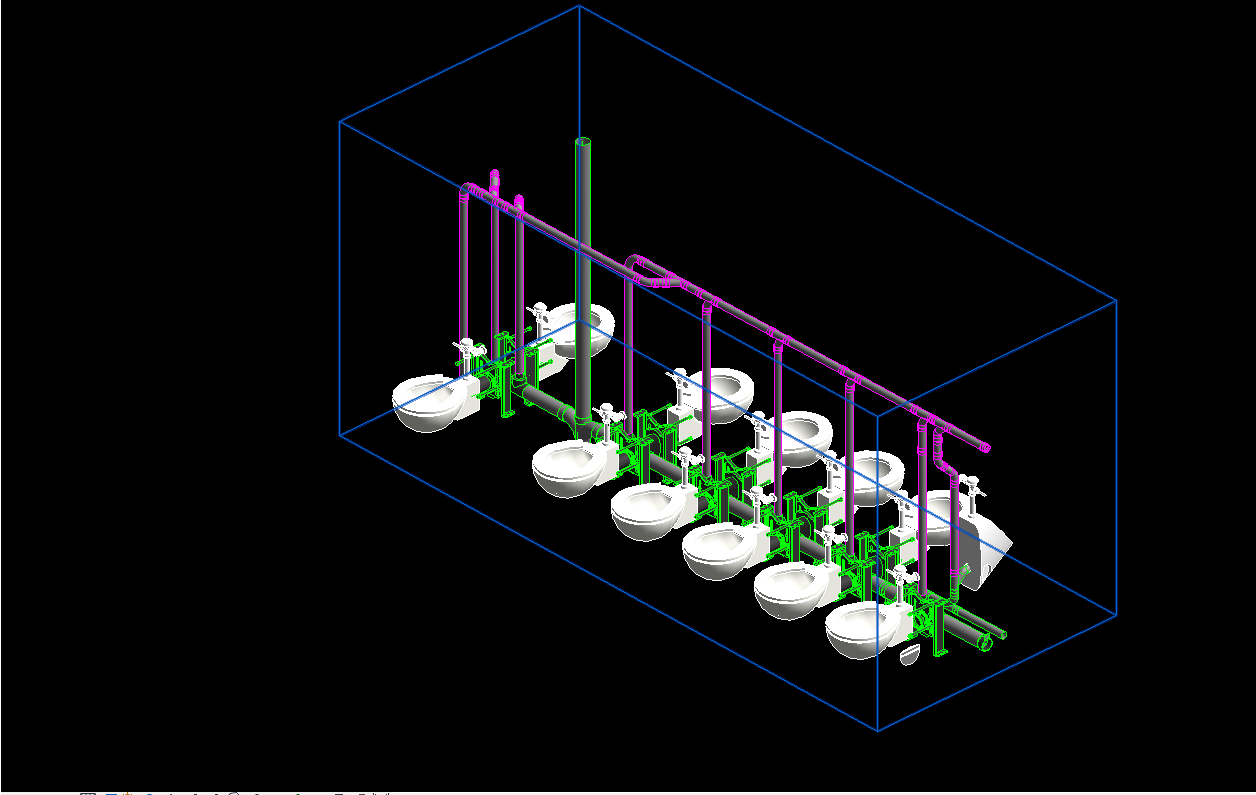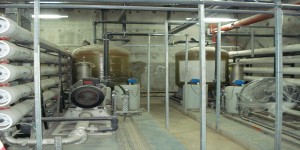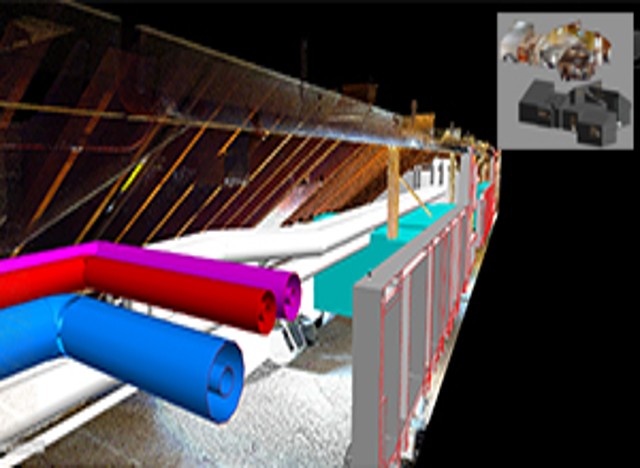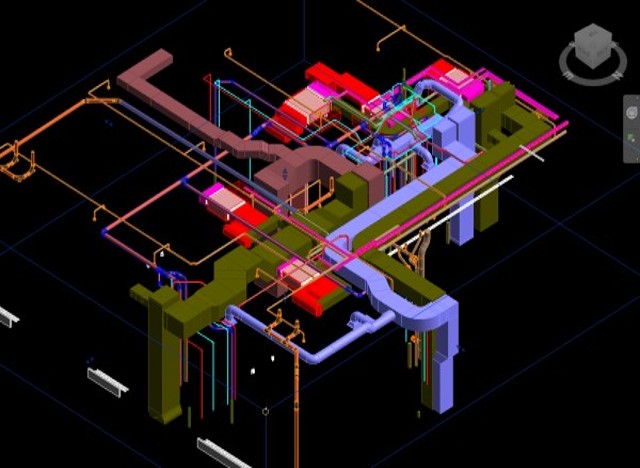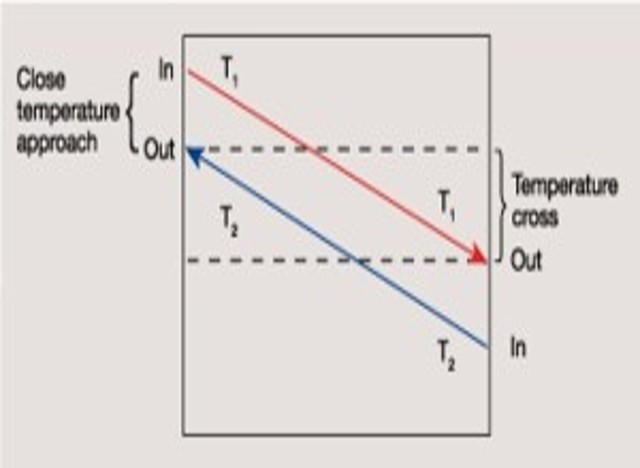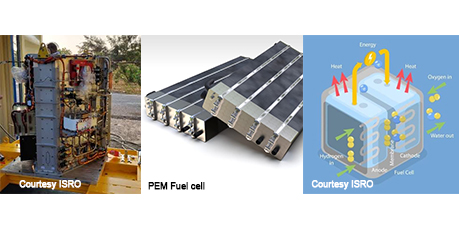
ISRO has made significant progress in space technology by harnessing the reaction between hydrogen and oxygen gases to generate power, particularly through fuel cells, crucial for sustaining human missions in space. This approach showcases India's advancements in space exploration and its potential for supporting extended human presence beyond Earth. ISRO's successful test onboard POEM resulted in the generation of 180 W power using hydrogen and oxygen gases stored in high-pressure vessels. This achievement demonstrates the potential for generating power in space using these gases, marking a significant advancement in space technology. The Indian Space Research Organisation achieved a significant milestone by successfully generating power from hydrogen and oxygen gases in a crucial test conducted on its orbital platform launched recently by the PSLV-C58 mission. This accomplishment marks a notable step forward in space exploration and the potential for sustainable power generation in space missions.
ISRO has achieved a significant milestone by testing a 100 W class Polymer Electrolyte Membrane fuel-based Power System (FCPS) on its orbital platform, PSLV Orbital Experimental Module (POEM) 3, launched aboard PSLV-C58 on January 1. This successful test marks a notable advancement in space technology and power system development for future space missions. On Monday, ISRO's PSLV-C58 rocket launched from the space agency’s launch centre in Sriharikota, Andhra Pradesh, successfully placing the X-ray Polarimeter Satellite into its intended 650 km orbit with a 6-degree inclination. Following the completion of the primary objective, the PS4 stage was maneuvered to a 350 km orbit, where it now serves as an orbital platform to facilitate in-space scientific experiments. This innovative repurposing of the spent stage demonstrates ISRO's commitment to maximizing resources and advancing space research.
The Polymer Electrolyte Membrane (PEM) Fuel Cell, which has been newly developed by the Indian Space Research Organisation (ISRO), has undergone a successful test. This fuel cell is specifically designed to provide power to India's upcoming space station, which is scheduled for launch in the year 2035. PEM Fuel Cells offer a power source that is free from emissions, with water being the only byproduct. This makes them a perfect choice for manned space missions that necessitate electricity, potable water, and heat.















